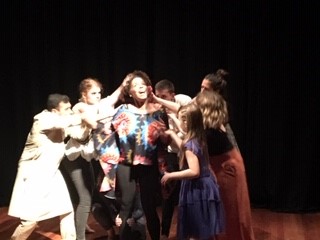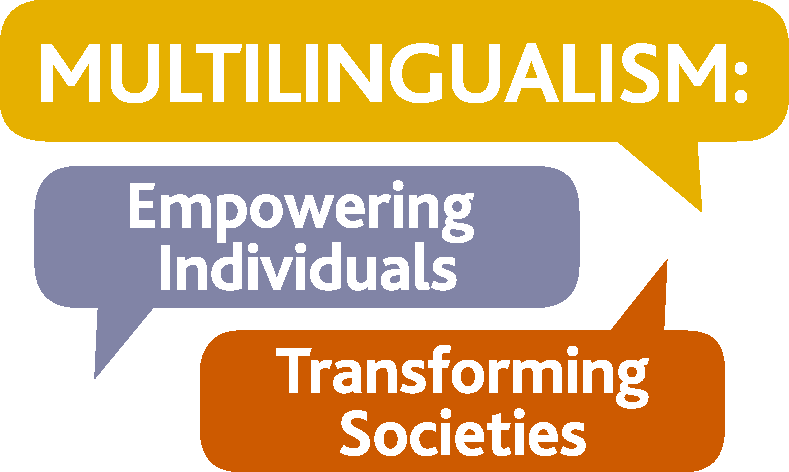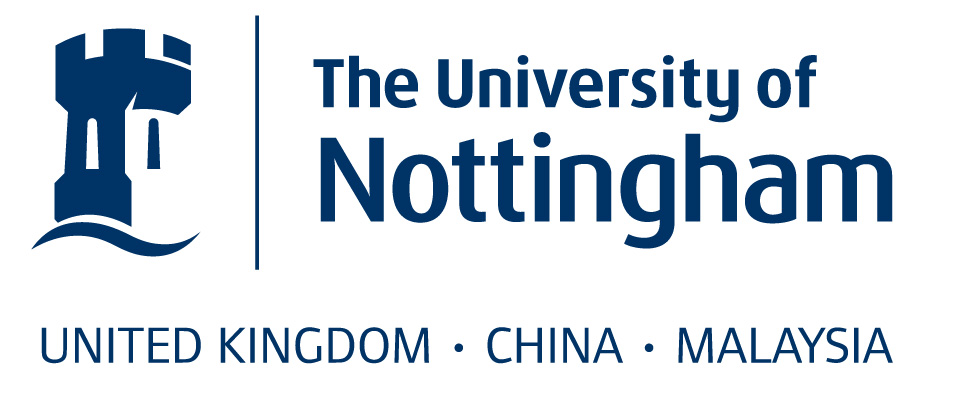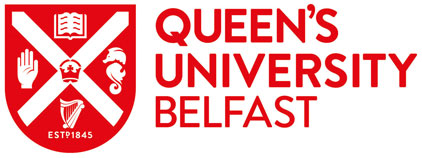In May this year, the performers of theatre company, Acting Now, with the support of Polygon Arts, regrouped for a revised production of their devised piece, Polyphonic. First performed in October 2018 by individuals drawn from a dozen linguistic backgrounds, the production was created in the multiple languages spoken in the group alongside a physical, theatrical language. Less multilingual but very much intercultural, the process of development and performance opened up questions around language dominance and linguistic nuance as well as how theatrical play offers a space in which such issues can become sources of creativity.
With its emphasis on evolving a specific mode of theatrical production – what director, Marina Pallares-Elias calls ‘Raw Theatre’ – the work sought to capture an intimate portrayal of the many (linguistic) identities the participants perform at home, at work, with friends and with family. The work drew on an openness to share stories of personal difficulty as much as joy, supported by a strong sense of ensemble. As Pallares-Elias says, “The theatrical language that emerges enables one to affirm emotional honesty; contacting the beauty of the dark in a safe environment.” The final piece explored diverse themes such as loneliness, guilt, dislocation, as well as the cultural differences and values in new and old relationships.
Interestingly, the challenge of making the play was less to do with the content, even where some of the experiences being shared revealed their traumatic elements. Pallares-Elias has an admirable instinct for nurturing trust. From the first workshop through to the final performance, the emotional space she managed to open up – for actors and audience alike – was vulnerable and comforting at the same time. The greater challenge seemed to be in meeting the expectations of the title: the polyphonic form that allows mutliple authors, perspectives and subject positions to be represented at once.

“Polyphony,” as Hugo Latiche (2010) reminds us “requires plurality and singularity: that is, polyphony demands multiple voices which remain distinct but nonetheless form the unity of an event.” Pallares-Elias’ approach drew powerfully on a choral form, in which the telling of individual stories is ‘fronted’ by the individual themselves but held by the group through physical expression and verbal repetition. The tendency in rehearsal was to make common the verbal communication by relying on English as the unifying language. In the working process where 12 languages were available, reliance on English in this way made practical sense. In performance, it risked the paradox of English dominating the multiple voices as they narrated their individual stories of identities being pressured and even lost by just such a process in the everyday lives of the actors.
It took a while – and became a greater emphasis in the revised version of the performance this year – not only to fully trust the multlingualism of the project but, moreover, to seek the possibility that communicative coherence might be achieved by a layered plurality of languages as well as voices. Even where each language alone may not have been sufficiently understood by audiences, there was something to be discovered in the collation of such fractured elements. The musical texture of independent melodies played or voiced simultaneously without one dominating may not have been fully realised in the production. However, by the performance, what had emerged (perhaps instead) was a creative dialogue of languages vying together for public expression and private meaning. A constant shifting between outward contact and inward reflection pronounced through the actors speaking in their own and other people’s languages as well as English – the common place in which no one really belonged.
The politics of polyphony was never lost on this project with audience members and performers alike readily recognising their own conflicts of identity and belonging in each individual story told. On the one hand, there was the theatrical event, the shared space, acting as the unifying structure; on the other, the shared anxiety of other common spaces (and unions) at risk of falling apart. As each actor introduced their own story into the whole, those lives that spoke of being unsustainable or under threat, were yet offered some (back-stop) guarantee in the moment of performance.
Note: comments are moderated before publication. The views expressed in the comments are those of our users and do not necessarily reflect the views of the MEITS Project or its associated partners.







